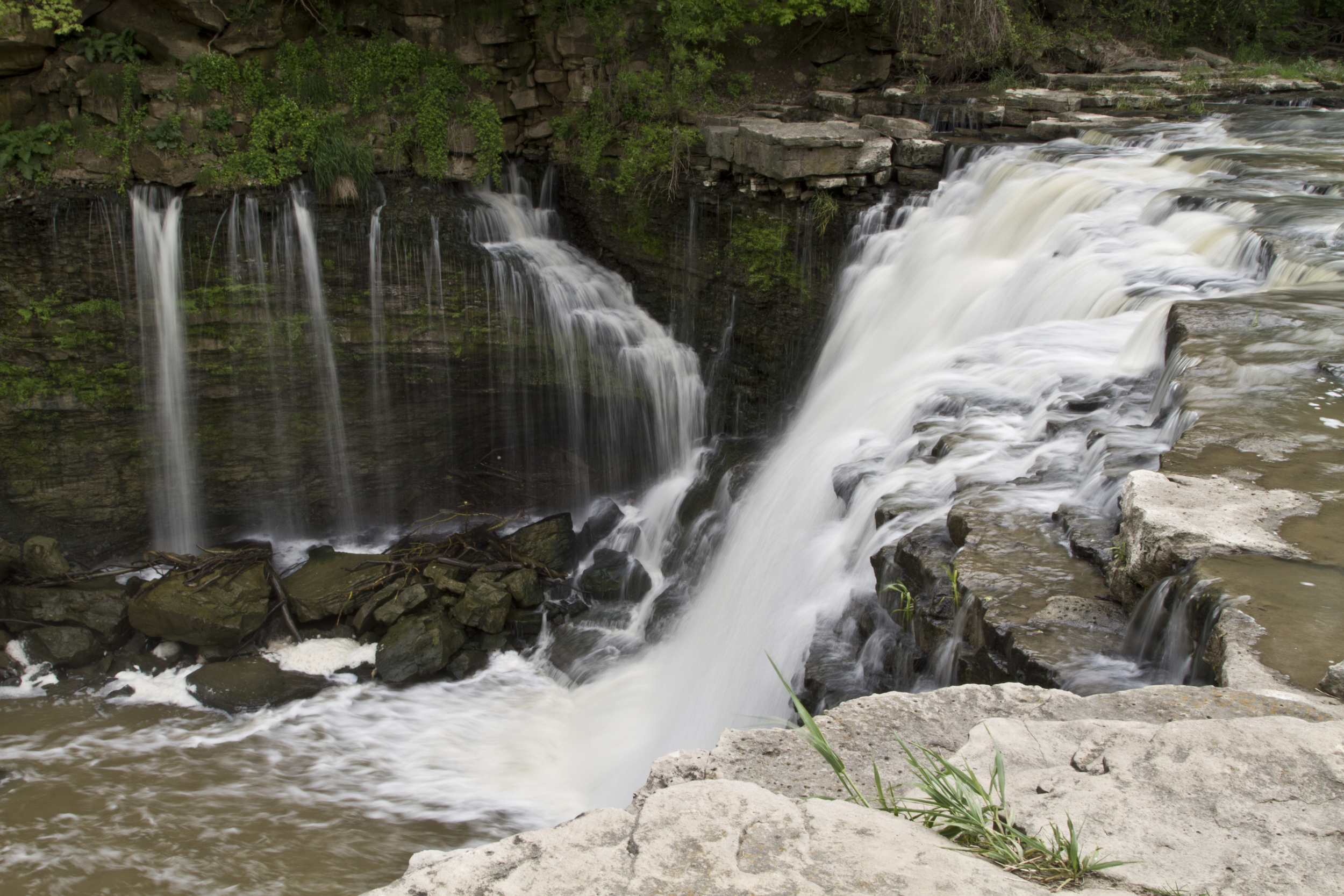

HGS RESEARCH HIGHLIGHT – Evaluating backward probability model under various hydrogeologic and hydrologic conditions
A new paper uses HydroGeoSphere to evaluate the reliability of a backward-in-time solute transport probability model. HydroGeoSphere was instrumental in the research as it is one of the only modelling platforms that supports 3-dimensional solute transport under variably saturated groundwater flow conditions.


HGS RESEARCH HIGHLIGHT – Logjam Characteristics as Drivers of Transient Storage in Headwater Streams
A new paper highlights the impacts that logjams have on the transient storage in streams and rivers. The researchers used a physical flume to test a variety of scenarios and and relied on HydroGeoSphere to elucidate the surface and subsurface flow patterns which contributed to increased transient storage, and changes to hyporheic exchange in areas affected by logjams.


Manitoba Co-operator - Hydrology forecasting tool drills down to field level
Farmers in the Assiniboine River basin will soon have access to a new tool designed to help them make predictions about water flow at the field level. The tool was developed by the hydrologic modelling firm Aquanty, in cooperation with the Manitoba Forage and Grasslands Association. They are able to combine their model with remote sensing data on things like soil moisture levels and real time groundwater monitoring sensors to set the initial conditions before launching a hydrologic forecast. “Combining that with insights on how water management infrastructure is maintained during floods and droughts and using cloud computing infrastructure, we can readily construct these models and deliver them via an app to your fingertips,”


HGS RESEARCH HIGHLIGHT – Coastal Topography and Hydrogeology Control Critical Groundwater Gradients and Potential Beach Surface Instability During Storm Surges
This work harnessed HydroGeoSphere to simulate storm surges and their geotechnical impact on coastal environments. The explicit coupling between the surface and subsurface domain revealed a non-trivial correlation between alongshore topography and the distribution of surge-induced critical gradients. It was found that, in contrast with traditional approaches, the lowest areas along a coastline are not necessarily the ones that are most vulnerable.


HGS RESEARCH HIGHLIGHT – Geothermal Energy Potential of Active Northern Underground Mines: Designing a System Relying on Mine Water
HydroGeoSphere is a powerful tool for evaluating the potential of geothermal heat pump systems. HGS implicitly simulates thermal energy throughout hydrologic systems (including density driven transport effects), and can model extremely complex geological systems with spatially and temporally varying material properties, with or without the presence of discrete fractures, and with the ability to represent mine infrastructure as discrete features within the model.
